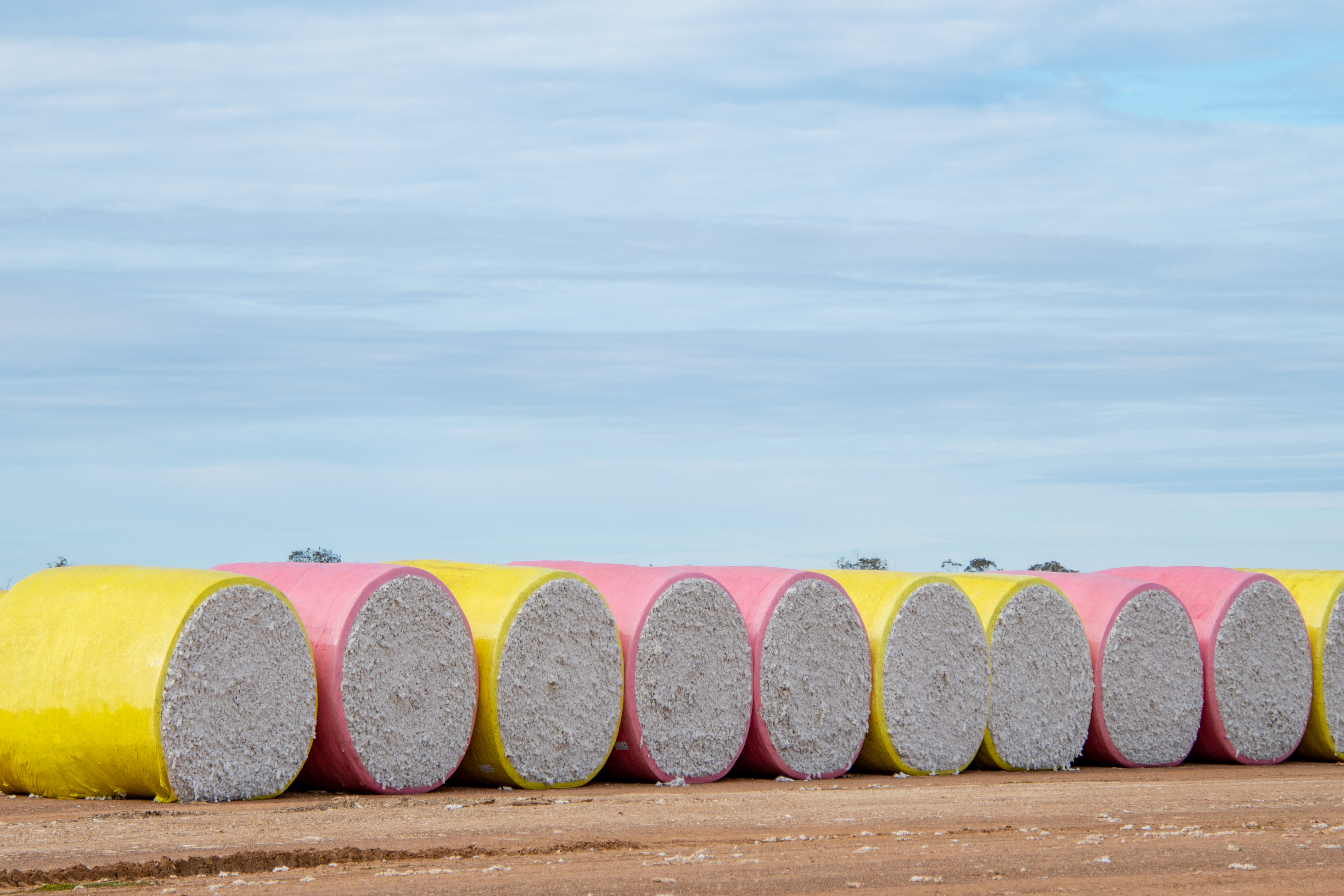Volatility real but a window of opportunity for Australian Cotton
There’s a silver lining for cotton farmers despite the global deterioration of consumer confidence amid rising interest rates to tame inflation, the impact of China’s COVID lockdown policy and the implications of war in the Ukraine.
Joe Nicosia, the Vice President of Louis Dreyfuss and Head of their cotton platform told the recent Australian Cotton Conference that the US cotton industry is down four million bales this season and pretty much the only country which has good quality cotton available is Australia.

With our geographic and logistics benefits to the Asian markets and with Texas remaining impacted by drought, Joe forecast a window of opportunity for Australia, despite high levels of volatility caused by higher interest rates and global factors which have seen a price correction for commodities.
Cotton Australia CEO Adam Kay agrees that Australian cotton growers are in a good position to take advantage of a significant reduction in crop yield in the US with stockpiles of Brazilian cotton in Asian mills on the decline.
“There is a silver lining to China’s soft ban in that it has assisted us over the past two years to establish valuable new relationships in other markets while we have enhanced existing customer relationships.
“Prior to the soft ban we exported 70% of our stock to China but last year we sold out of cotton and much of that was to Vietnam, Indonesia, India, Bangladesh, Pakistan and Turkey.
“This year, with a bigger crop than last year, we have sold more than 90% of our cotton and have forward sold about 36% of the 2023 crop. What we have been able to do is reinforce the quality of our cotton, the lack of contaminants, the milling qualities and the shipping advantages when compared to other markets,” Mr Kay said.
While we have a window of opportunity to sell our cotton to the world, Joe Nicosia cautioned that the macro-economic picture could result in prices contracting further.
“Our peaks are in their troughs so we will be able to fill the demand while US and Brazil cotton stocks are getting smaller, and India is also suffering due to flooding. The most important decision is ‘when’ to sell, which has become a critical factor.”
As Chair of Australian Cotton Shipper Association (ACSA), Roger Tomkins understands the challenges and opportunities ahead for Australian cotton. “Prior to the price correction we were positioned well. Since then, demand has been drying up across all markets. We are still selling cotton, but the market has weakened.”
Mr Tomkins said there may be some pain in the short-term with some merchants facing defaults from buyers who paid high prices months ago, but he highlighted Indonesia as a positive.
“They’ve been a stable market for a long time and our share of the market has grown. The recent visit by a delegation of Australians, as part of the Agricultural Trade and Market Access Cooperation (ATMAC) funding initiative, helped cement the relationships so important in global trade.”
Export Marketing Consultant Rob Cairns led the delegation. “Indonesia is Australia’s 13th biggest trading partner overall and 2nd biggest export market for Australian cotton. The feedback was that Australian cotton is well appreciated for its superior quality, sustainable growing practices and consistently high quality, contamination free fibre.”
Rob said that Indonesian consumption is currently around 2.4 million bales with many expecting that to increase to 3 million soon, and while the country also trades significantly with Brazil and the US supply remains an issue and is likely to for some time.
“Another bonus for us is that two of the largest spinning mills in Indonesia, both important clients for Australian cotton exports, have expanded their capacity recently and they prefer our cotton, so there are some positive signs.”
In the next six months ACSA will work to create increased demand for Australian cotton through in-market visits to Vietnam, Thailand, India, Bangladesh and Turkey as well as a range of communication activities with brands and supply chain partners.
